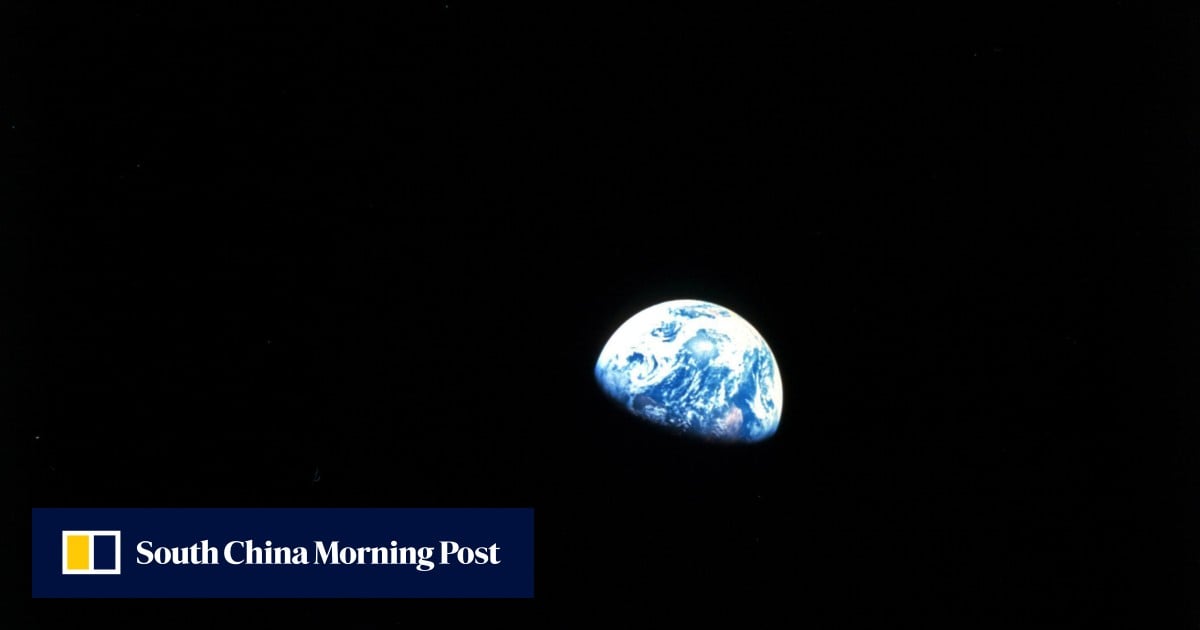Changes in gravity caused by variations in the distance between the moon and the Earth are known to cause ocean tides, but the friction between the tides and the Earth’s surface also causes a slight deceleration in its rotation. At the same time, Earth transfers momentum to the moon, causing it to gradually move outward.
According to the study, the Earth’s rotation has been decelerating due to this phenomenon throughout its history but this rate has varied over time.
After two years of analysis the team, led by Ma Chao from the Institute of Sedimentary Geology at Chengdu University of Technology, concluded that between 700 million and 200 million years ago, the distance between Earth and the moon increased by around 20,000km (12,000 miles), causing the length of the day to increase by about 2.2 hours.
The team, which also included astronomers from France and geologists from Germany and Ireland, found that Earth’s rotational deceleration is not a smooth process but includes periods of rapid deceleration followed by intervals of stability.
“Specifically, there are two intervals with pronounced Earth rotation deceleration: between 650 and 500 million years ago (Mya), and between 350 and 280 Mya, separated by a period of stalled deceleration from 500 to 350 Mya,” the team wrote in a paper published in the Proceedings of the National Academy of Sciences this month.
The first shift coincided with the Cambrian explosion, when complex life forms rapidly diversified, including the ancestors of many modern species.
Recent research has linked this event to changes in the composition of seawater, mainly the removal of harmful ions, which made oceans more habitable.
The second shift, around 250 million years ago, coincides with the “Great Dying”, an event also known as the Permian–Triassic extinction event, which wiped out 90 per cent of life on Earth.
Research suggests that volcanic activity – along with changes in the climate, sea levels and salt levels – were the main causes.
Ma linked the changes in sea conditions to the sudden shift in the Earth’s rotation, telling Science and Technology Daily: “The two major ‘fast-slow’ deceleration periods may have provided the necessary conditions for the early evolution of marine ecosystems.”
Scientists already believe that specific geological processes may be related to changes in the Earth’s rotation and are looking for possible links.
“For example, changes in the length of the day may influence the distribution of solar energy and temperature gradients, potentially impacting weather systems and atmospheric dynamics,” the team wrote in the paper.
“This study holds significant theoretical importance for reconstructing the evolutionary history of the Earth-moon system and exploring climatic, environmental and biological evolution related to Earth’s rotational deceleration,” Ma concluded.

Dr. Sarah Adams is a scientist and science communicator who makes complex topics accessible to all. Her articles explore breakthroughs in various scientific disciplines, from space exploration to cutting-edge research.









